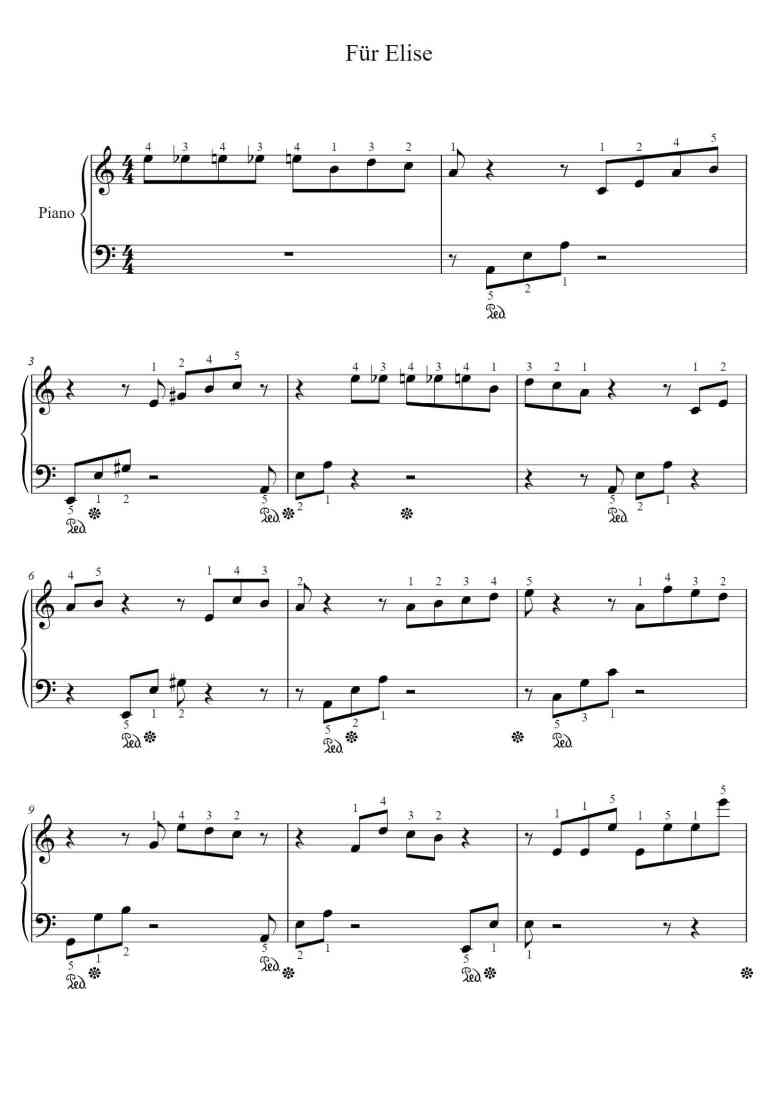1 / 1
Fuer Elise - Ludwig van Beethoven - Gailmag
免费钢琴谱
本平台的资源来自用户上传。如果您认为您的知识产权受到侵害,请及时与我们联系. 邮箱:[email protected]
About This Sheet Music
Fuer Elise, by Ludwig van Beethoven
Piano Song Names: Fuer Elise
- ArtistLudwig van Beethoven
- Number of imitations:213
- GenreLatest
- KeyC Major
- Tempo54
- Pages3
- ArrangedLudwig van Beethoven
- ComposeComposed by Ludwig van Beethoven
- IntroductionFuer Elise, Sheet Music is C Major, Composer by Composed by Ludwig van Beethoven and Arr.Ludwig van Beethoven,Suitable for all Users to play learning.
相关推荐




